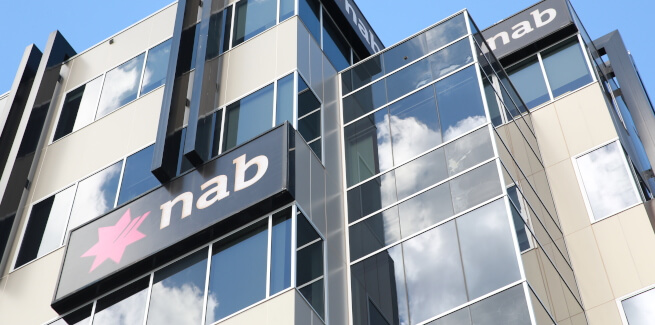NAB declared on Friday (30 July) that it expected to commence the buyback in mid to late August, with chief executive Ross McEwan stating the bank is in a strong position after selling its wealth management arm.
The move has followed ANZ recently declaring a $1.5 buyback, which is also tipped for August.
“Our support for customers and colleagues continues through ongoing lockdowns and as the COVID-19 situation evolves,” Mr McEwan said.
“At the same time, NAB’s strong financial performance, combined with the divestment of MLC Wealth, has created an opportunity for NAB to reduce our surplus capital while retaining a strong balance sheet during these uncertain times.”
The bank has also decided to reduce its capital to reach a target range for its Common Equity Tier 1 (CET1), of 10.75 per cent to 11.25 per cent.
NAB had a reported CET1 ratio of 12.37 per cent at Level 2 and 12.4 per cent at Level 1 as at 31 March.
“Our target CET1 range reflects a balance between retaining a strong balance sheet through the cycle, supporting growth and recognising the importance of capital discipline to improve shareholder returns,” Mr McEwan said.
“We consider the on-market buyback to be the most appropriate mechanism to achieve our previously stated bias towards reducing share count, which will help sustainable ROE benefits.”
But the bank expects the timing and actual number of shares purchased under the buyback will depend on market conditions, the share price and other factors.
NAB has also flagged that it will consider other options to return capital to shareholders.
It stated that it is waiting on the finalisation of APRA’s regulatory capital framework over the course of 2021 and 2022, which NAB expects will give it clarity to consider further capital management initiatives, alongside an assessment of the continued medium-term economic impacts of COVID-19.
[Related: Westpac sale of Pacific businesses stymied by ICCC]
 ;
;
